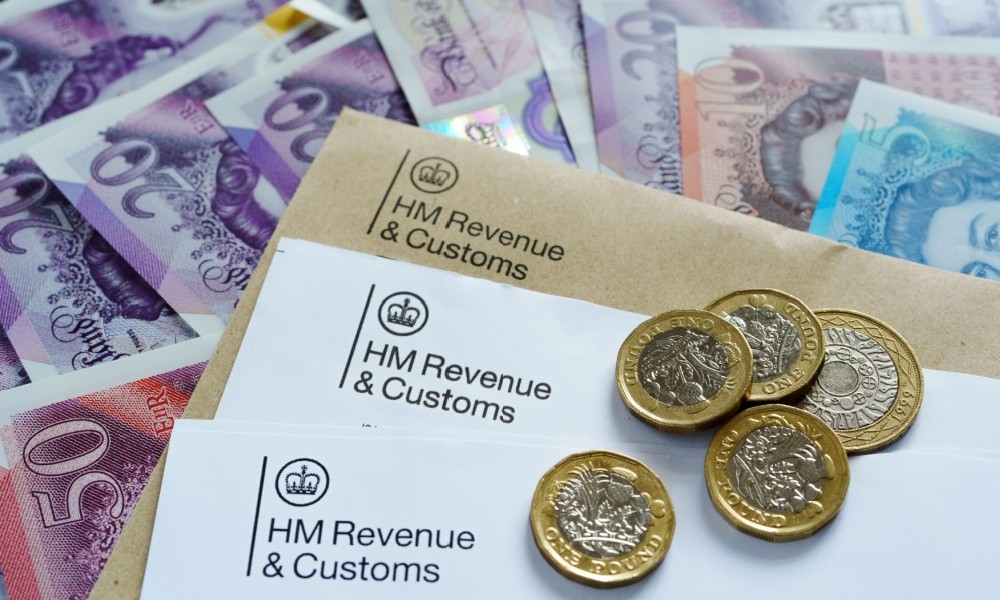Dividend income, which is paid to company shareholders, is taxed like most other forms of income – but there is also an annual tax-free allowance for dividends.
While this allowance was cut from £5,000 a year in 2018, it remained at £2,000 a year until 2022, after which it has been gradually reduced year on year – dropping to £1,000 in 2023 and halving again to £500 from April 2024.
With this latest cut to the dividend tax-free allowance, it’s now expected that the number of people paying tax on dividend income for the 2024–2025 tax year will be double the amount it was three years ago before this round of reductions.
The dividend tax rate depends on the individual’s Income Tax rate, and this latest reduction has impacted basic rate taxpayers the most. While around 700,000 basic rate taxpayers were taxed on dividends for 2022–2023, this number will jump to almost 1.7 million for 2024–2025.
Here’s what this could mean for basic rate taxpayers who may receive dividend payments, and what you can do to mitigate your dividend tax liability.
Tax liability for dividends
While you won’t have to pay Income Tax on dividend income that falls within the Personal Allowance of £12,570, you’ll still have to pay 8.75% tax on dividend income over the £500 allowance if you’re a basic rate taxpayer.
For example, if you had a modest portfolio of £10,000 in shares, a 5% yield would use up that allowance and leave you liable to notify HMRC and pay tax on anything above that.
This means contacting HMRC and either requesting a tax code change so HMRC can collect the tax via PAYE if you’re employed, or declaring the dividend income in a Self-Assessment Tax Return. If you aren’t already registered for this, you must do so by the following October.
The hassle of this can be frustrating considering the low tax bill – with the average being £385 for a basic rate taxpayer this year, compared to £780 three years ago.
It’s even worse if an investor chooses script dividends, as they’re still taxable even though no cash is received, leaving the investor to fund the tax from another source.
As the allowance has been repeatedly cut, dividend payouts have risen to pre-pandemic levels, so it’s important for taxpayers to manage their liabilities effectively.
Dividend tax mitigation
If your dividend income for the year is above the £500 tax-free allowance, there may be some mitigations possible to reduce your tax liability while maintaining compliance.
For example, dividends on shares in ISAs (Independent Savings Accounts) are not taxed, so you should be making full use of ISA allowances for share investments.
Alternatively, you could invest in capital growth rather than dividends, or spread your portfolio across the family to make use of a spouse’s, partner’s, or adult child’s dividend allowances.
Take a look at HMRC’s guide to dividend tax on the government website for more information, or if you need tax advice on dividend income, get in touch with our accountants in Barnsley.
At gbac, we provide professional tax management services to individuals and businesses alike to make sure you manage your savings and investment portfolio efficiently – so call us on 01226 298 298 or email info@gbac.co.uk to get started.
